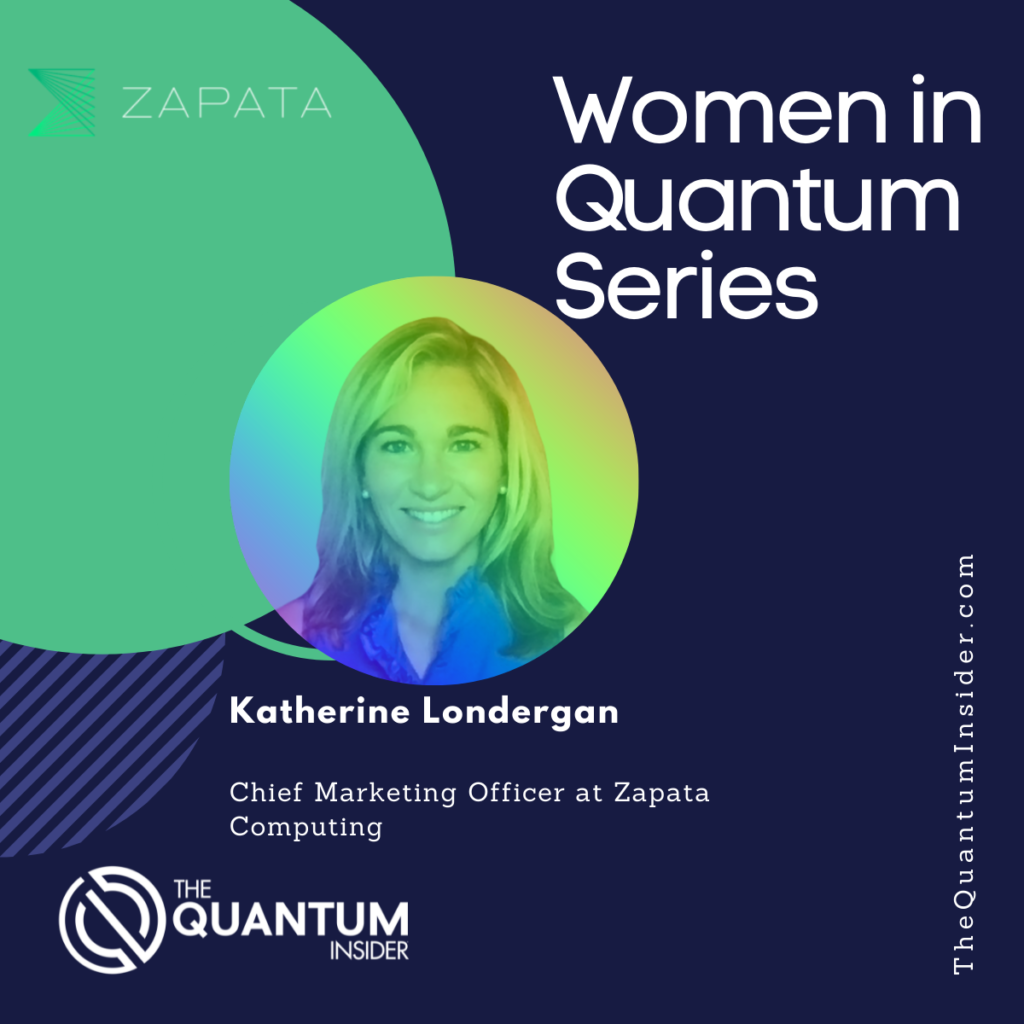
While developing cutting-edge quantum technology is difficult, marketing this technology can be just as challenging. For Katherine Londergan, Chief Marketing Officer at Zapata Computing, she’s developed various methods to make this process less of an issue. “It’s really about the right use case, that’s where the rubber hits the road with our customers,” Londergan stated. “Often we will be discussing the use case and keeping that at the center of the conversation with the customer.” Londergan also finds that hype can be a real detriment for marketing quantum technology. “Obviously I want to create momentum for what quantum can do for our customers,” she explained. “At the same time, there are a lot of vendors in our ecosystem making outsized claims that aren’t really grounded in good science or good technology. And they might be doing it for investment reasons, to get customers, or to hire talent. But ultimately, that hurts our entire ecosystem and the customer. So, I work to have my team balance out the hype.”
As Zapata Computing’s Chief Marketing Officer, Londergan oversees many different types of operations. “My team includes external PR communications, analyst relations, product marketing, events and other forms of engagement—and even our software design,” she added. “We tackle how our platform feels to our users and if we need to add new features, prioritize those features based on value to the user.” Using her years of experience in branding, Londergan motivates her team with unique strategies. “I challenge my team to talk about marketing without using the word ‘marketing'” Londergan said. “So, whether it’s storytelling, or community building, or thought leadership, I find that the activities of the job and what we make together are a lot richer without using that M-word.” With Londergan’s leadership, she has been able to help contribute to Zapata’s brand positioning and growing customer base, making it a leader in quantum computing software.
Londergan joined Zapata Computing over two years ago as a consultant, while working at IDEO as Senior Design Director. She originally learned about the company through an investment fund called The Engine. “After meeting with Zapata’s founders and understanding the team’s purpose and what they were building, I felt compelled to help them tell the story,” Londergan said. “I’ve been motivated to make the bigger career changes based on what I might learn. This adventure in the last few years has had everything from physics to enterprise software as well as non-intuitive concepts for engineering and computing.” It was the science and learning opportunities that sold her on her current position, and she is currently still enjoying these opportunities, especially with the possibilities of quantum computing. “What is interesting is pairing the scale of our customers’ influence and reach with the use case potential.”
Working in the marketing division for Zapata, Londergan has a front-row seat to the current diversity levels within the quantum industry as well as the talent pool. “There’s really no playbook,” she explained when discussing methods to improve the industry’s diversity. “I think if there was a playbook, we’d all be a lot further down the path. In previous roles and industries, lack of diversity was less noticeable; even up to the leadership level, there was fairly good female representation. In quantum and engineering, these fields are historically less female at all levels.” Along with other Zapata leadership, Londergan is working to bring in more diversity, using a variety of methods. “We have a remote workforce, which allows us to pull from a lot of different talent pools that might not be available to companies that can’t be globally remote,” she stated. “In the hiring pipeline itself, we’re posting in places that we wouldn’t normally post, asking recruiters to dig in different places than they normally would.” This allows for a broader range of talent to join Zapata Computing’s ranks.
But Londergan also believes that improving diversity in the quantum industry will take time. “The talent pool for quantum is what it is right now,” she explained. “These are highly specialized roles that are going to take a long time to create. It will require partnerships with government and academia plus the private sector. We’re going to have to reach down even to the high school level to generate that pipeline.” Many are currently working to make this pipeline a reality, and in the process encouraging more inclusivity in the industry.

If you found this article to be informative, you can explore more current quantum news here, exclusives, interviews, and podcasts.



















